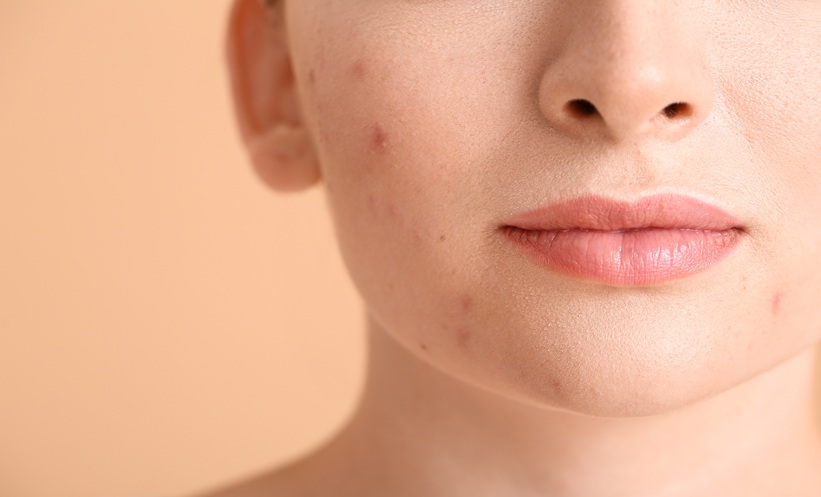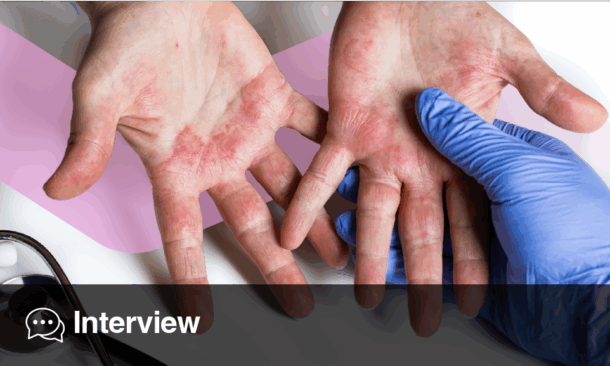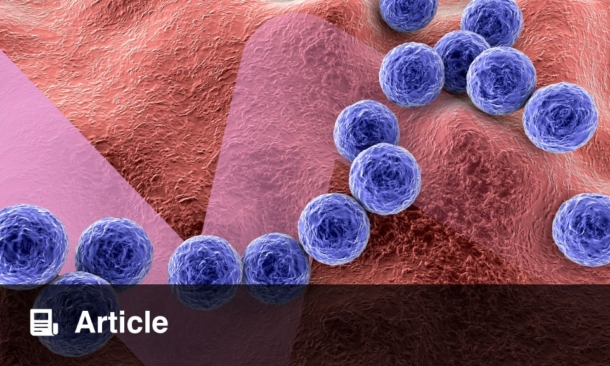As cannabis use continues to surge across the United States, a growing body of research is shedding light on its underrecognized dermatological consequences. A newly published review is sounding the alarm for healthcare professionals about the potential cutaneous reactions tied to marijuana exposure.
With the spotlight often on cannabis’ systemic and neurological effects, its skin-related complications have largely flown under the radar. This comprehensive review evaluates adverse dermatological outcomes including allergic contact dermatitis, urticaria, Stevens-Johnson syndrome (SJS), and cannabis-induced arteritis. The authors employed a structured methodology, selecting peer-reviewed studies from databases such as PubMed and Scopus spanning from 2000 to 2024. Their findings emphasize the skin as a critical site of cannabinoid interaction via the endocannabinoid system.
Cannabinoid receptors CB1 and CB2 are expressed in various skin cells, including keratinocytes, sebocytes, and immune cells. These receptors mediate both physiological and pathological responses to cannabinoids like THC and CBD. THC, the psychoactive component of cannabis, and CBD, known for its therapeutic potential, both exert influence on skin health through these receptor pathways.
The review highlights concerning cases where cannabis use may have contributed to vascular events manifesting in the skin, such as cannabis-induced arteritis—particularly in adolescents. Proposed mechanisms include platelet activation via glycoprotein IIb-IIIa and P-selectin, compounded by endothelial damage and increased sympathetic activity. In addition, IgE-mediated allergic responses to cannabis exposure have been reported.
For clinicians, these findings underscore the importance of including cannabis in differential diagnoses when faced with unexplained dermatological symptoms. As cannabis legalization spreads, its dermatological effects are expected to become more prevalent in clinical settings.
Further dermatology-specific research is urgently needed to establish causality, diagnostic frameworks, and therapeutic protocols. Until then, awareness and vigilance remain critical tools for healthcare providers.
Reference:
Shrivastava S et al. Cannabis and Dermatological Implications: A Traditional Review of Adverse Cutaneous Reactions and Systemic Risks. Cureus. 2025;17(4):e82711.








